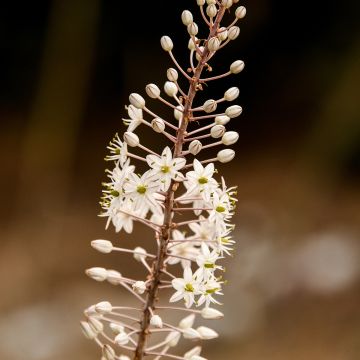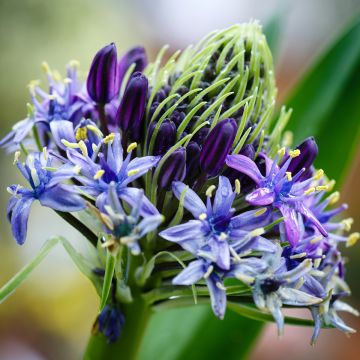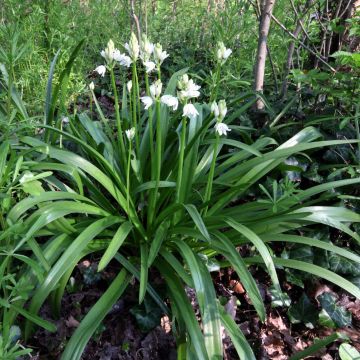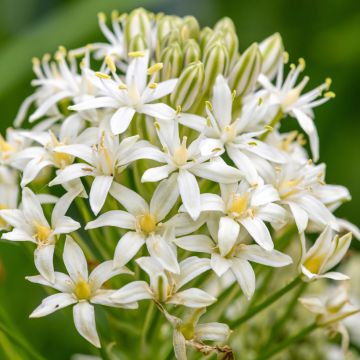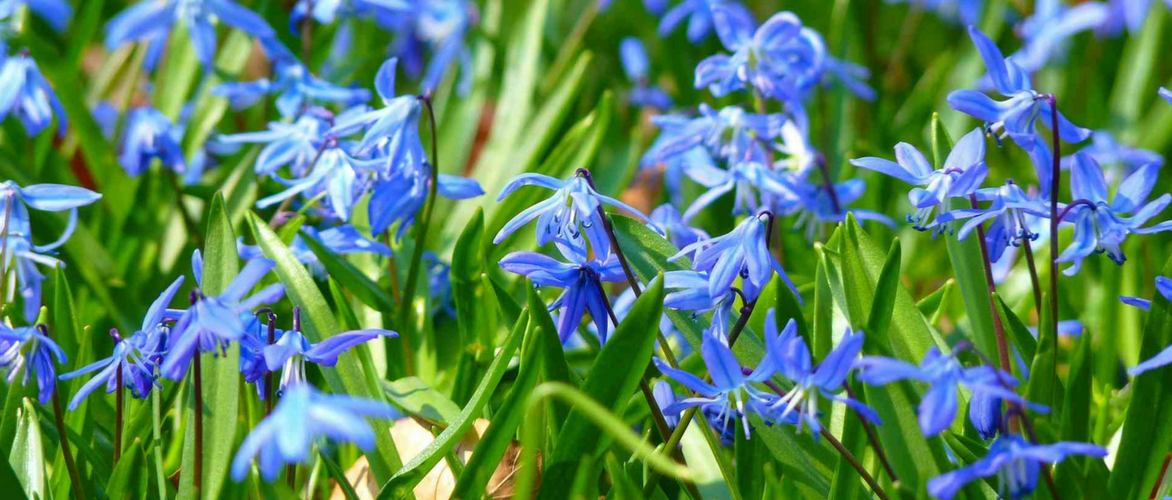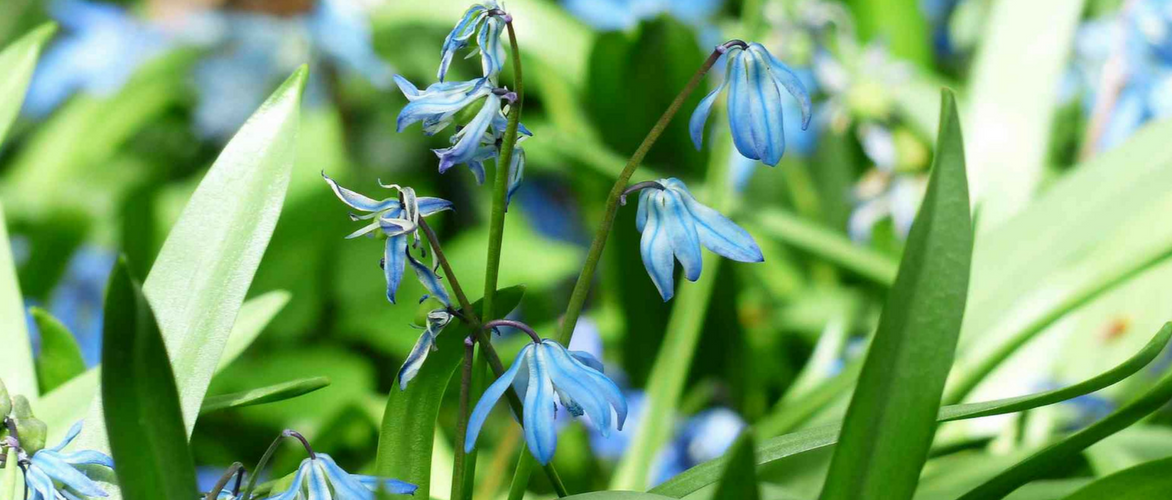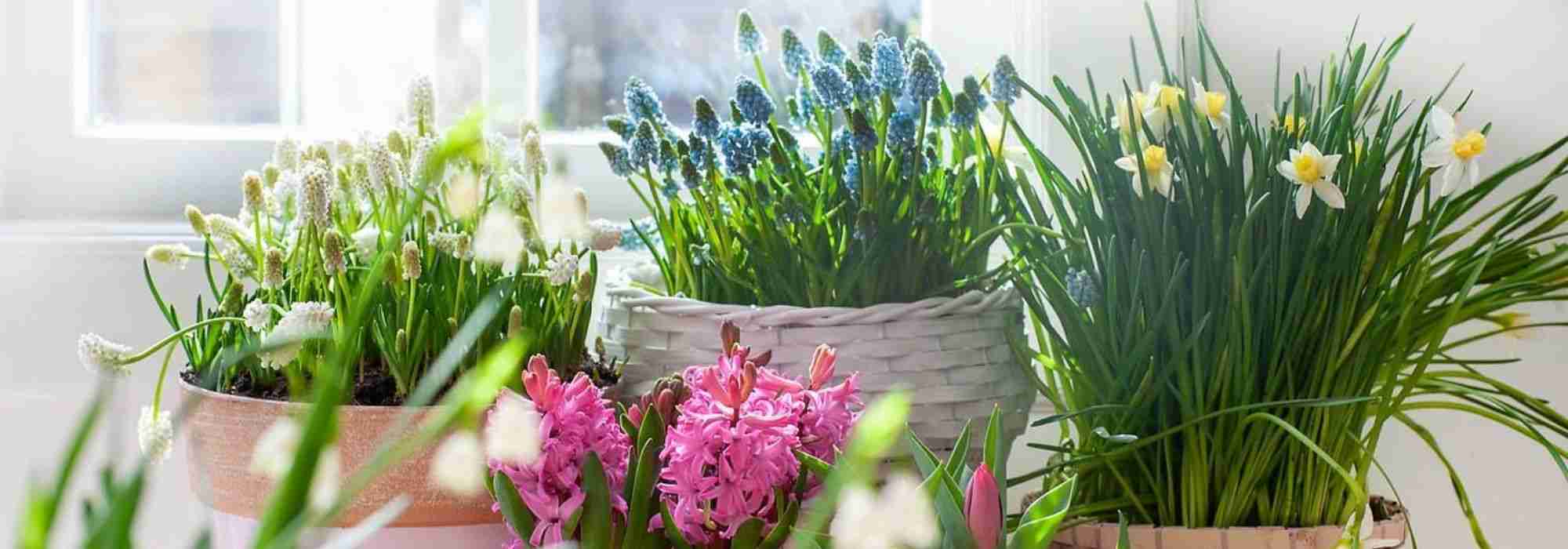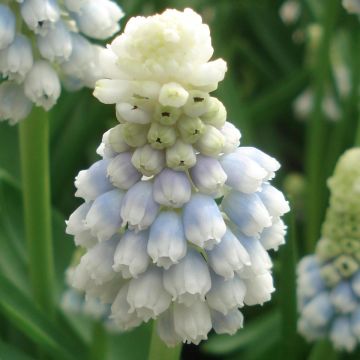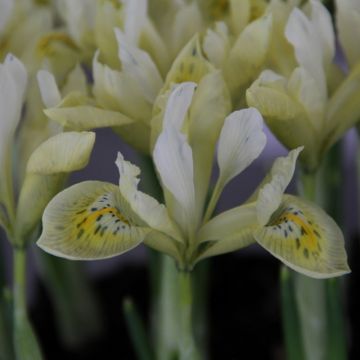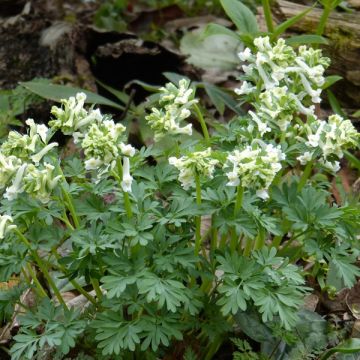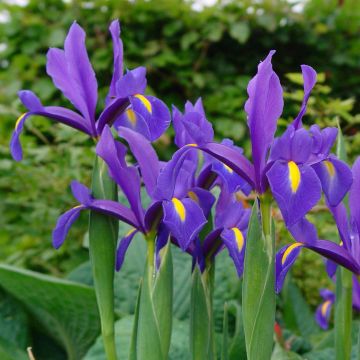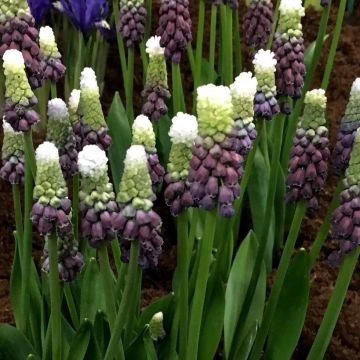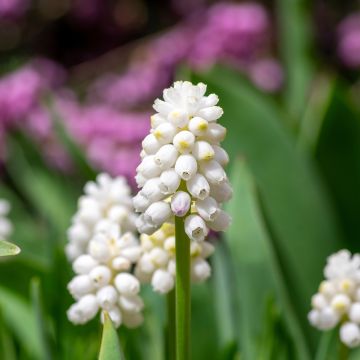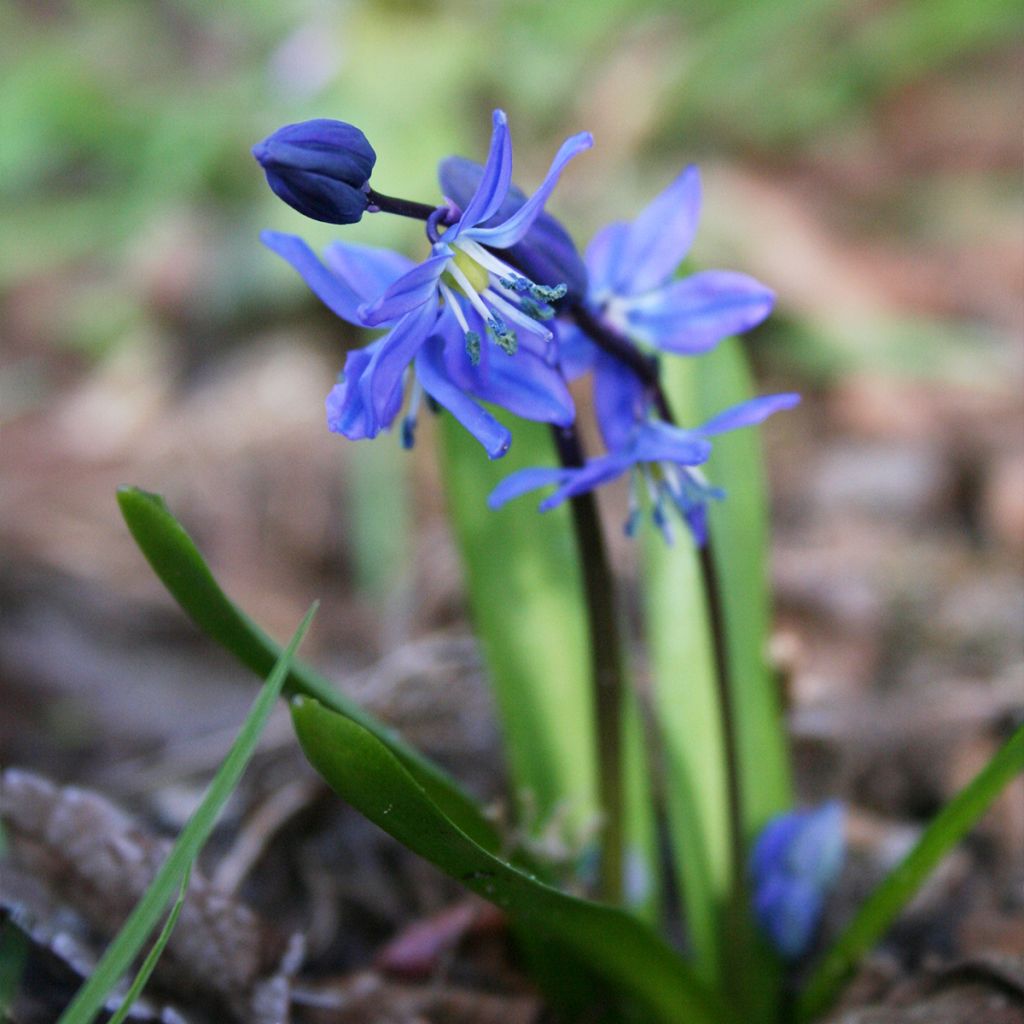

Scilla siberica
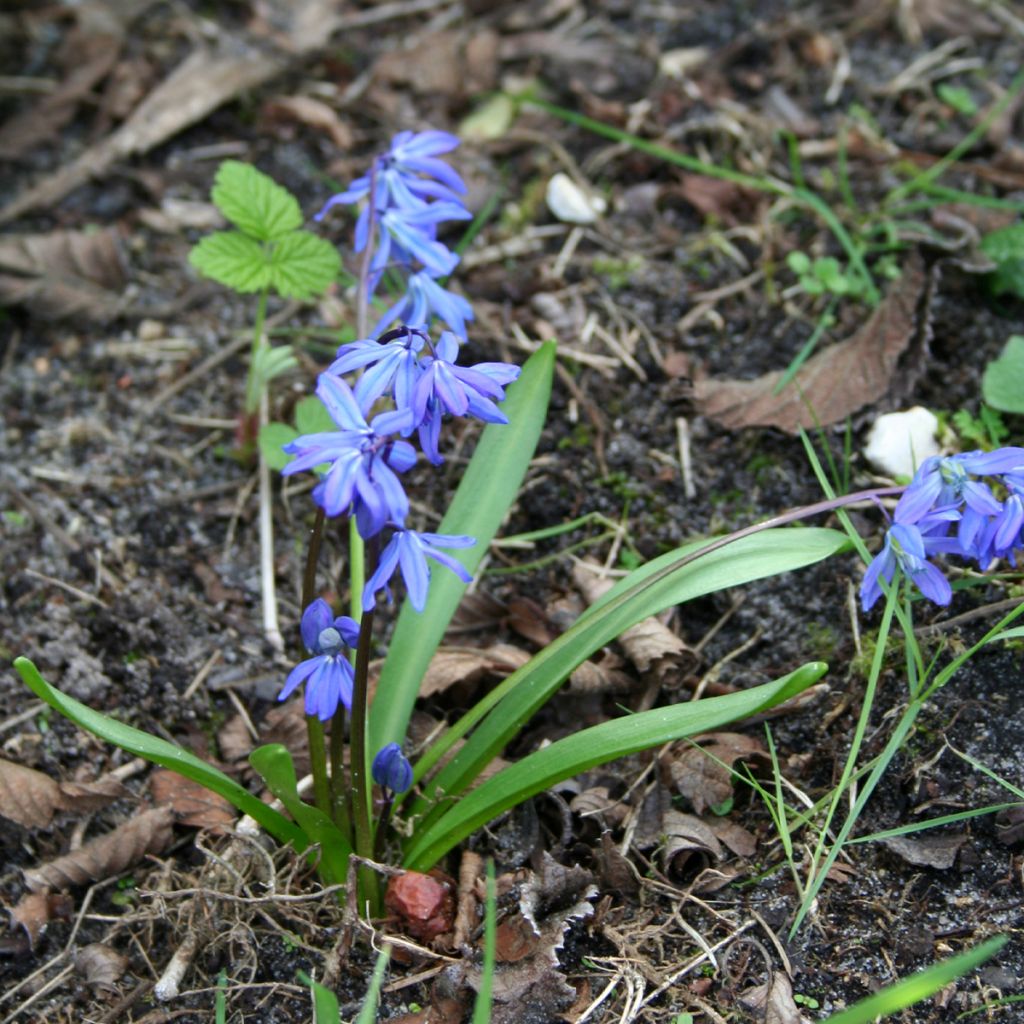

Scilla siberica
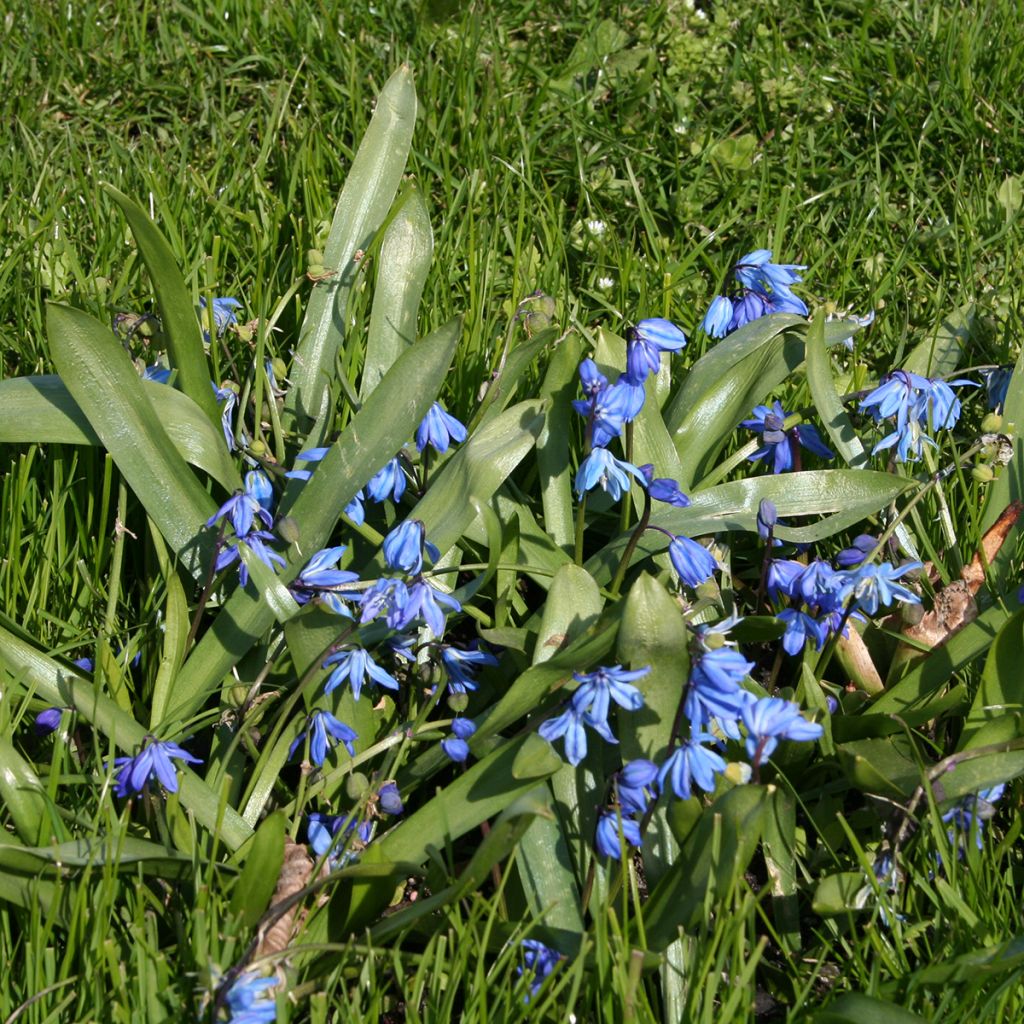

Scilla siberica
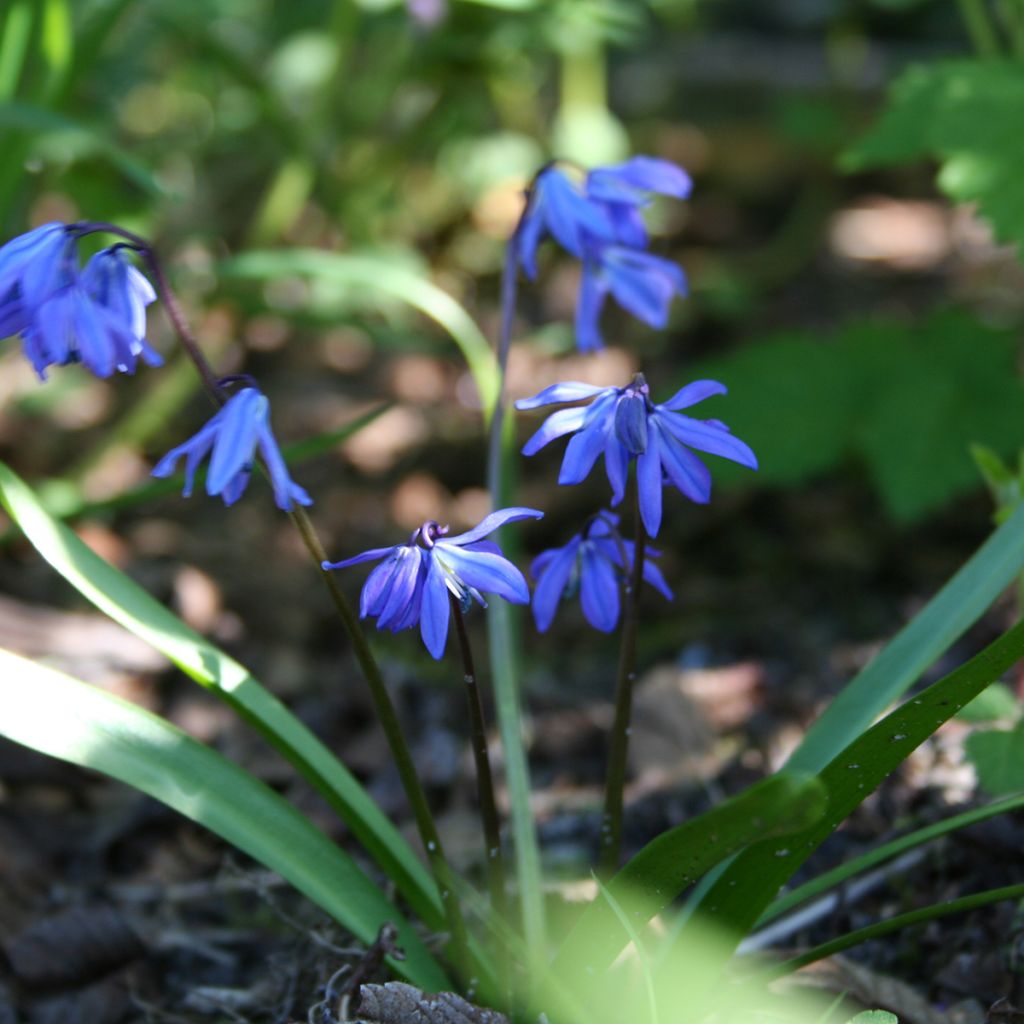

Scilla siberica
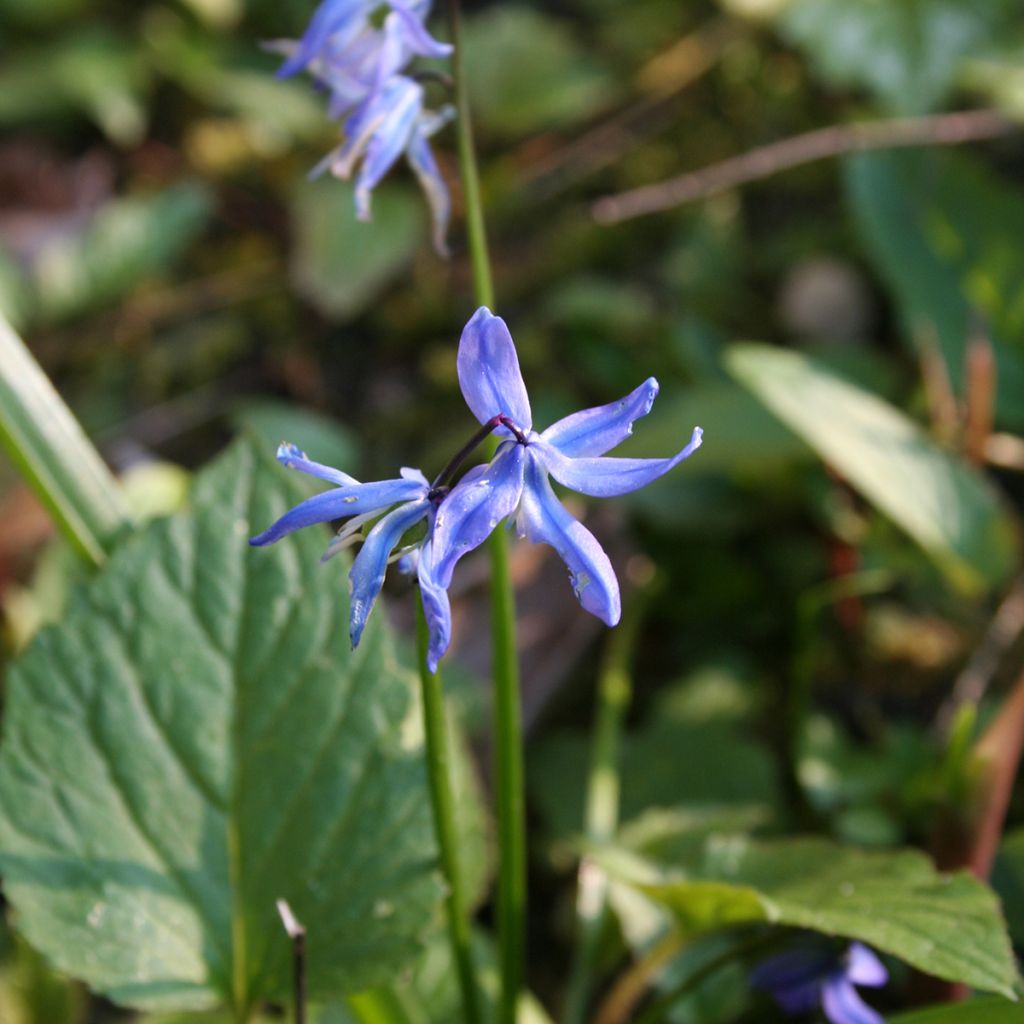

Scilla siberica
Scilla siberica
Scilla siberica
Siberian Squill
Special offer!
Receive a €20 voucher for any order over €90 (excluding delivery costs, credit notes, and plastic-free options)!
1- Add your favorite plants to your cart.
2- Once you have reached €90, confirm your order (you can even choose the delivery date!).
3- As soon as your order is shipped, you will receive an email containing your voucher code, valid for 3 months (90 days).
Your voucher is unique and can only be used once, for any order with a minimum value of €20, excluding delivery costs.
Can be combined with other current offers, non-divisible and non-refundable.
Why not try an alternative variety in stock?
View all →This plant carries a 6 months recovery warranty
More information
We guarantee the quality of our plants for a full growing cycle, and will replace at our expense any plant that fails to recover under normal climatic and planting conditions.
Does this plant fit my garden?
Set up your Plantfit profile →
Description
The Scilla siberica, called Siberian squill, is a small early-flowering bulbous plant that brings quite exceptional colour to the garden from the end of winter. It is a very hardy plant that establishes itself in colonies and blooms in an extremely vibrant blue. Easy to grow, apart from the dry climates and exposures it fears, it naturalises easily in the garden, in natural areas or even in rockeries.
Contrary to its name, Siberian squill is native to southwestern European Russia (Belarus, Ukraine, Moldova, Crimea), the Caucasus, and Turkey. In nature, it mainly grows in wet meadows or sparsely wooded areas under large deciduous trees that let in the winter sun. Depending on the classifications, it is a perennial bulbous plant belonging to the lily or hyacinth family; it is highly resistant to cold and can withstand temperatures well below -15 °C (5°F). Each small bulb develops a few dark green ribbon-like basal leaves in February or March, from which flower stems of 12 to 15 cm (5 to 6in) emerge. Each stem bears small clusters of 4 or 5 flowers with six pure blue petals veined with a deeper blue, forming small pendulous bells of 1.5 cm (1in) in diameter. The flowering is followed by seed formation, and then the foliage disappears in summer, leaving the bulb dormant underground. Siberian squill spreads both through spontaneous seedlings and the production of bulb offsets.
Siberian squills are among the first flowers of spring, right after Persian squills (Scilla tubergeniana) and snowdrops; they arrive at the same time as large-flowered crocuses and primroses. They find their place in slightly wild beds and natural meadows, or even along paths, mixed with other bulbs that will take over (botanical tulips, Chionodoxas, wood hyacinths, grape hyacinths, etc.). They can be planted at the base of large deciduous trees or in a natural meadow that will not be mowed until summer: the dormant bulb can withstand light trampling.
Scilla siberica in pictures




Plant habit
Flowering
Foliage
Botanical data
Scilla
siberica
Hyacinthaceae (Liliaceae)
Siberian Squill
West Asia
Other Scilla
View all →Planting and care
Plant Scilla siberica bulbs in early autumn, 10 cm (4in) deep, spaced 6 cm (2in) apart or in groups of 10 or 15. Leave in place for several years so that the bulbs can develop. Siberian scillas adapt to any ordinary soil, even clayey or slightly chalky. They prefer a sunny exposure but tolerate semi-shade quite well, especially in regions with scorching summer sun. They are not suitable for climates that are too mild in winter or for soils that are too dry in summer.
Planting period
Intended location
Care
Planting & care advice
This item has not been reviewed yet - be the first to leave a review about it.
Similar products
Haven't found what you were looking for?
Hardiness is the lowest winter temperature a plant can endure without suffering serious damage or even dying. However, hardiness is affected by location (a sheltered area, such as a patio), protection (winter cover) and soil type (hardiness is improved by well-drained soil).

Photo Sharing Terms & Conditions
In order to encourage gardeners to interact and share their experiences, Promesse de fleurs offers various media enabling content to be uploaded onto its Site - in particular via the ‘Photo sharing’ module.
The User agrees to refrain from:
- Posting any content that is illegal, prejudicial, insulting, racist, inciteful to hatred, revisionist, contrary to public decency, that infringes on privacy or on the privacy rights of third parties, in particular the publicity rights of persons and goods, intellectual property rights, or the right to privacy.
- Submitting content on behalf of a third party;
- Impersonate the identity of a third party and/or publish any personal information about a third party;
In general, the User undertakes to refrain from any unethical behaviour.
All Content (in particular text, comments, files, images, photos, videos, creative works, etc.), which may be subject to property or intellectual property rights, image or other private rights, shall remain the property of the User, subject to the limited rights granted by the terms of the licence granted by Promesse de fleurs as stated below. Users are at liberty to publish or not to publish such Content on the Site, notably via the ‘Photo Sharing’ facility, and accept that this Content shall be made public and freely accessible, notably on the Internet.
Users further acknowledge, undertake to have ,and guarantee that they hold all necessary rights and permissions to publish such material on the Site, in particular with regard to the legislation in force pertaining to any privacy, property, intellectual property, image, or contractual rights, or rights of any other nature. By publishing such Content on the Site, Users acknowledge accepting full liability as publishers of the Content within the meaning of the law, and grant Promesse de fleurs, free of charge, an inclusive, worldwide licence for the said Content for the entire duration of its publication, including all reproduction, representation, up/downloading, displaying, performing, transmission, and storage rights.
Users also grant permission for their name to be linked to the Content and accept that this link may not always be made available.
By engaging in posting material, Users consent to their Content becoming automatically accessible on the Internet, in particular on other sites and/or blogs and/or web pages of the Promesse de fleurs site, including in particular social pages and the Promesse de fleurs catalogue.
Users may secure the removal of entrusted content free of charge by issuing a simple request via our contact form.
The flowering period indicated on our website applies to countries and regions located in USDA zone 8 (France, the United Kingdom, Ireland, the Netherlands, etc.)
It will vary according to where you live:
- In zones 9 to 10 (Italy, Spain, Greece, etc.), flowering will occur about 2 to 4 weeks earlier.
- In zones 6 to 7 (Germany, Poland, Slovenia, and lower mountainous regions), flowering will be delayed by 2 to 3 weeks.
- In zone 5 (Central Europe, Scandinavia), blooming will be delayed by 3 to 5 weeks.
In temperate climates, pruning of spring-flowering shrubs (forsythia, spireas, etc.) should be done just after flowering.
Pruning of summer-flowering shrubs (Indian Lilac, Perovskia, etc.) can be done in winter or spring.
In cold regions as well as with frost-sensitive plants, avoid pruning too early when severe frosts may still occur.
The planting period indicated on our website applies to countries and regions located in USDA zone 8 (France, United Kingdom, Ireland, Netherlands).
It will vary according to where you live:
- In Mediterranean zones (Marseille, Madrid, Milan, etc.), autumn and winter are the best planting periods.
- In continental zones (Strasbourg, Munich, Vienna, etc.), delay planting by 2 to 3 weeks in spring and bring it forward by 2 to 4 weeks in autumn.
- In mountainous regions (the Alps, Pyrenees, Carpathians, etc.), it is best to plant in late spring (May-June) or late summer (August-September).
The harvesting period indicated on our website applies to countries and regions in USDA zone 8 (France, England, Ireland, the Netherlands).
In colder areas (Scandinavia, Poland, Austria...) fruit and vegetable harvests are likely to be delayed by 3-4 weeks.
In warmer areas (Italy, Spain, Greece, etc.), harvesting will probably take place earlier, depending on weather conditions.
The sowing periods indicated on our website apply to countries and regions within USDA Zone 8 (France, UK, Ireland, Netherlands).
In colder areas (Scandinavia, Poland, Austria...), delay any outdoor sowing by 3-4 weeks, or sow under glass.
In warmer climes (Italy, Spain, Greece, etc.), bring outdoor sowing forward by a few weeks.






























